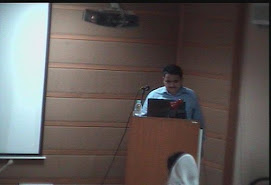Library 2.0 Gang 08/09: Social OPACs:
There is more to the term Social OPAC than meets the eye, as we found out when we brought together this month’s guest Beth Jefferson from Bibliocommons with Gang regular John Blyberg.Bibliocommons has spent the last couple of years realising their ambition of delivering a social OPAC service for Canadian libraries. This centrally hosted service, although architected differently, shares the same motivations as John’s SOPAC project to add value to the OPAC user’s experience with social features.
Following an overview of each, gang regulars Nicole Engard, and Marshall Breeding joined in the conversation to discuss issues arising from these projects. Although approached in different ways, they both experience similar concerns and both had to revisit their architecture to place social features at the core. User ratings, opinions, tags, and lists of items become most value when brought to bare in relevance ranking calculations. Their message came across loud and clear that social features cannot be considered as a bolt-on OPAC feature.
One of the major concerns of librarians when first introduced to the concept of allowing users to add comments, ratings, and tags to their OPAC, is the need for moderation features to prevent users from defacing the library’s online presence. Somewhat surprisingly, neither project had found this a problem and as yet neither have implemented functionality to manage it.
Many might imagine social OPAC features are just about reviews or only peripheral to the core library mission, both John and Beth have discovered it is about increasing the findability and better use of a library’s collections. There is more to this topic that what you might first imagine.


